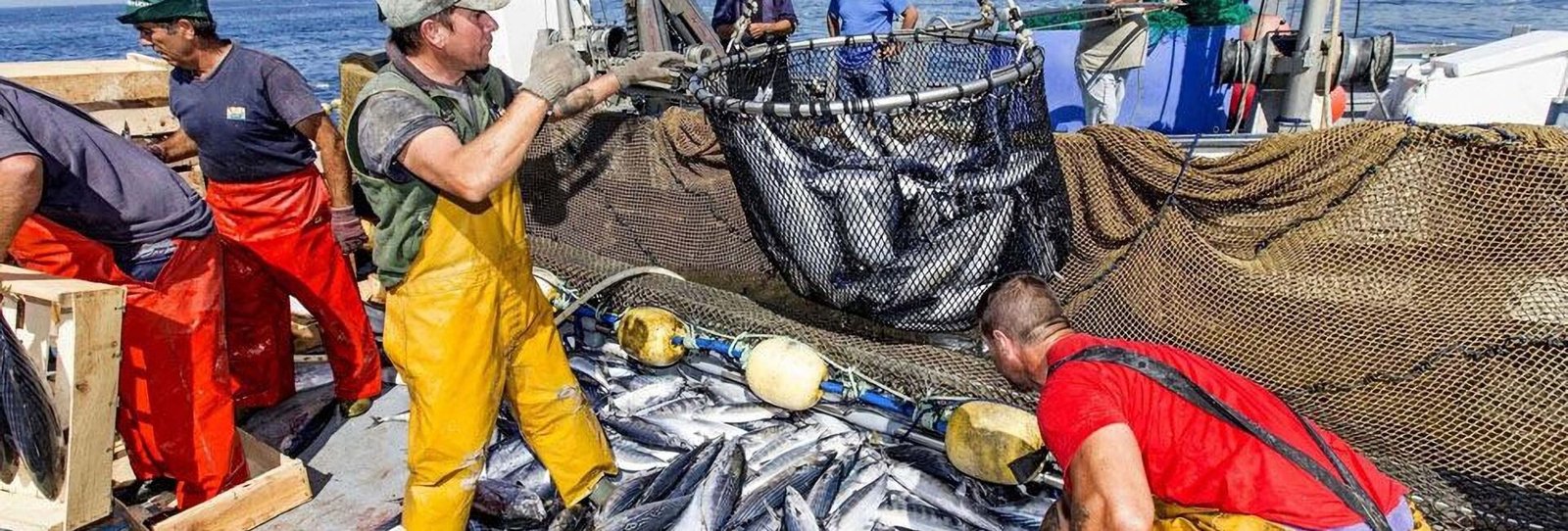
Our oceans feed billions, generate income for coastal communities, and help regulate the climate. But beneath the waves, there’s growing pressure. Overfishing, habitat destruction, and illegal practices have pushed many fish populations to the brink. This is where Sustainable Fisheries come in—an approach to fishing that protects marine ecosystems while allowing us to enjoy seafood responsibly.
Sustainable fisheries aim to meet today’s food needs without compromising the health of fish populations or the environments they depend on. They involve responsible harvesting practices, science-based catch limits, and methods that reduce harm to marine life. But supporting sustainability in the seafood world isn’t just for experts—it’s something everyone can do, starting today.
Whether you’re a seafood lover, environmental advocate, or simply someone who wants to make better choices for the planet, this beginner’s guide is for you. In the following sections, we’ll walk through simple, meaningful actions you can take to support sustainable fisheries—from how you shop to how you speak up.
Understand the Basics of Sustainable Fishing
Before diving into action, it’s important to understand what makes a fishery “sustainable.” In simple terms, sustainable fisheries are managed in a way that maintains fish stocks at healthy levels. This involves setting science-backed limits on how many fish can be caught, using gear that minimizes bycatch (unintentional capture of other marine species), and protecting critical habitats like coral reefs and mangroves.
Key elements include:
-
Science-Based Management: Decisions are driven by data and research.
-
Enforcement of Rules: Fishing laws and quotas are monitored to prevent illegal or overfishing.
-
Low Environmental Impact: Fishing methods avoid damaging habitats and ecosystems.
Organizations like Friend of the Sea and the Marine Stewardship Council (MSC) certify fisheries that meet these standards. Choosing products with these labels is a small but impactful way to support responsible practices.
Choose Certified Sustainable Seafood
Your food choices have power. When you buy seafood, look for third-party certifications such as:
-
Friend of the Sea
-
MSC (Marine Stewardship Council)
-
Aquaculture Stewardship Council (ASC)
These certifications indicate that the seafood was harvested or farmed with minimal harm to the environment and that the fish stock is not being depleted. You’ll often find these logos on packaging in supermarkets or restaurant menus.
Tips for smart shopping:
-
Ask your fishmonger where the seafood came from.
-
Choose species that are abundant and not overfished, like sardines or mackerel.
-
Avoid species known for high environmental impact, like bluefin tuna or imported shrimp from non-certified farms.
This conscious shift in your purchasing habits helps drive demand for sustainability in the seafood industry.
Eat a Variety of Seafood
Most of us tend to eat a few popular species like salmon, tuna, or shrimp. Unfortunately, this concentrated demand leads to overfishing of certain stocks. One great way to support sustainable fisheries is to diversify your seafood choices.
Trying lesser-known, locally sourced fish can relieve pressure on heavily targeted species. Not only is this good for the oceans, but it’s also a chance to explore new flavors and dishes.
Examples of underutilized species include:
-
Pollock
-
Mullet
-
Dogfish
-
Mussels and clams (often very eco-friendly)
By broadening your seafood palate, you help create a more balanced and sustainable demand for marine life.
Support Local and Small-Scale Fishers
Industrial fishing operations often dominate the seafood market, but local, small-scale fisheries frequently use more sustainable methods. They tend to fish with respect for seasonal patterns, protect marine habitats, and keep economic benefits within the community.
How to support them:
-
Visit local fish markets instead of large chain stores.
-
Choose “day boat” or “hook and line” fish over trawled varieties.
-
Ask about the origin and methods used to catch the fish.
When you support responsible local fishers, you’re contributing to both environmental sustainability and economic fairness.
Be Mindful of Seafood Waste
One often overlooked aspect of supporting sustainable fisheries is reducing seafood waste. Throwing away edible fish contributes to overharvesting by increasing demand unnecessarily. By respecting the whole fish and consuming responsibly, we reduce the pressure on marine ecosystems.
Here’s what you can do:
-
Buy only what you’ll eat.
-
Store seafood properly to avoid spoilage.
-
Learn how to use leftovers creatively (fish cakes, chowder, fish tacos).
-
Explore nose-to-tail recipes that use more of the fish.
Minimizing waste helps reduce demand, supports sustainable supply chains, and saves you money.
Get Involved in Ocean Conservation Efforts
Supporting sustainable fisheries isn’t just about what’s on your plate—it’s also about your voice and actions. Getting involved in marine conservation can amplify the impact.
Here are ways you can help:
-
Donate to or volunteer with organizations like Friend of the Sea.
-
Share educational content on social media to raise awareness.
-
Participate in beach cleanups, which help reduce plastic pollution that harms marine life.
-
Sign petitions or write to policymakers supporting sustainable fisheries regulations.
Your involvement—no matter how small—contributes to a global movement toward healthier oceans.
Stay Informed and Educate Others
The ocean is a dynamic, ever-changing environment. New threats emerge, but so do new solutions. Staying informed helps you make better decisions and guide others toward sustainable habits.
Follow trustworthy sources like:
-
Friend of the Sea
-
National Geographic’s Ocean section
-
Seafood Watch by Monterey Bay Aquarium
-
Local marine research centers
Sharing what you learn with friends, family, and online communities helps multiply your positive impact.
Final Thoughts:
Sustainable fisheries might sound like a topic reserved for scientists or policy makers, but the truth is—it starts with us. Every seafood purchase, every informed conversation, and every effort to reduce waste contributes to the health of our oceans.
You don’t need to overhaul your lifestyle overnight. Start with small, consistent steps. Choose certified seafood. Try a new fish. Visit a local fisher’s market. Stay curious.
And if you’re looking for more guidance or ways to support the cause, Friend of the Sea is your go-to resource—offering education, certifications, and real-world solutions for ocean lovers everywhere.


